
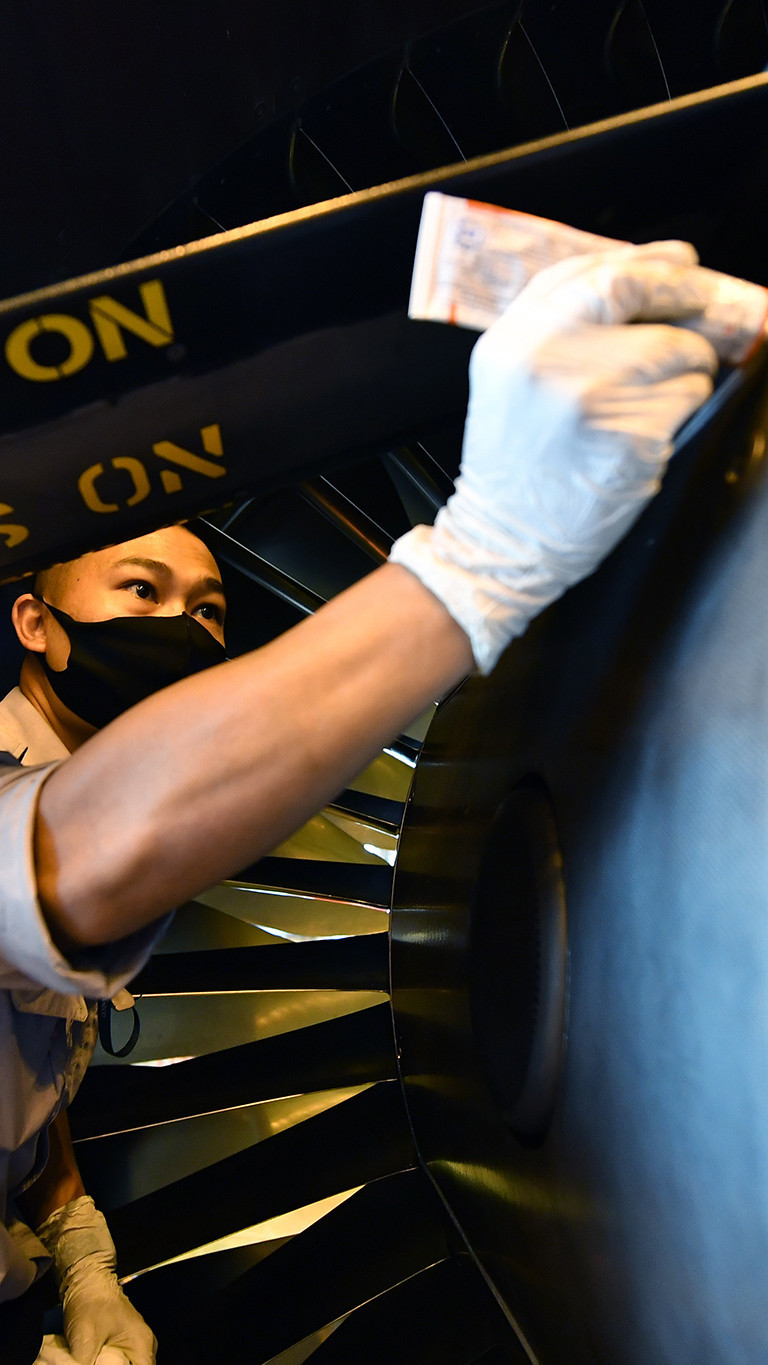
Aircraft repair: the profession is classified into two types, those who perform safety checks on aircraft equipment before flying and those who do repair and maintenance work when an aircraft breaks down or performs periodic checks.
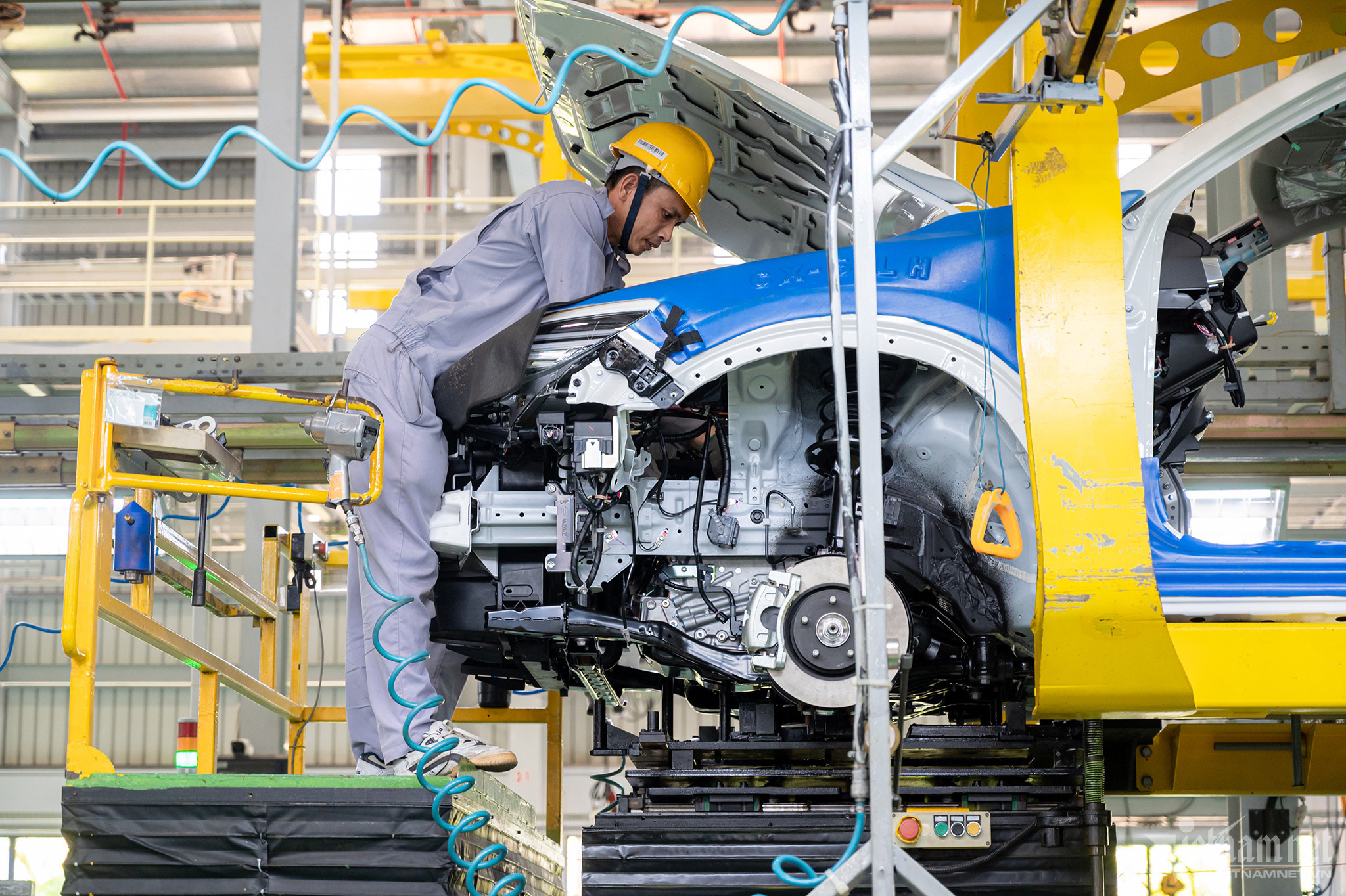
Automobile manufacturing: the domestic auto market has grown more than expected in recent years. In 2020, Vietnam overtook the Philippines to become the 4th largest auto consumption market in ASEAN (after Thailand, Indonesia and Malaysia). Photo: Nguyen Hue.

Production of corrugated iron: One of the most modern factories that produces color coated steel sheet in in Vietnam with a capacity of 400,000 tons/year.
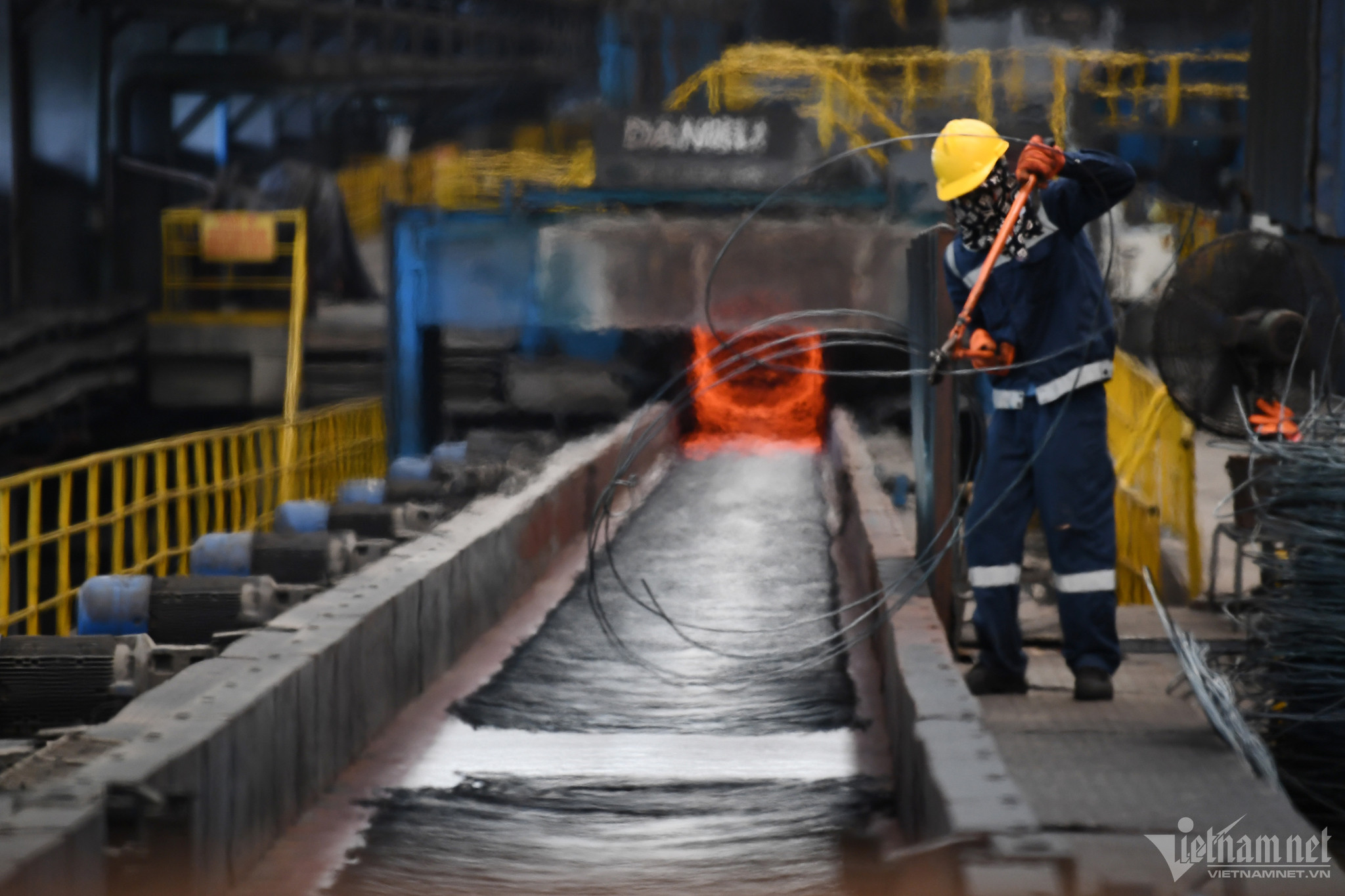

Steel production at the above factory.
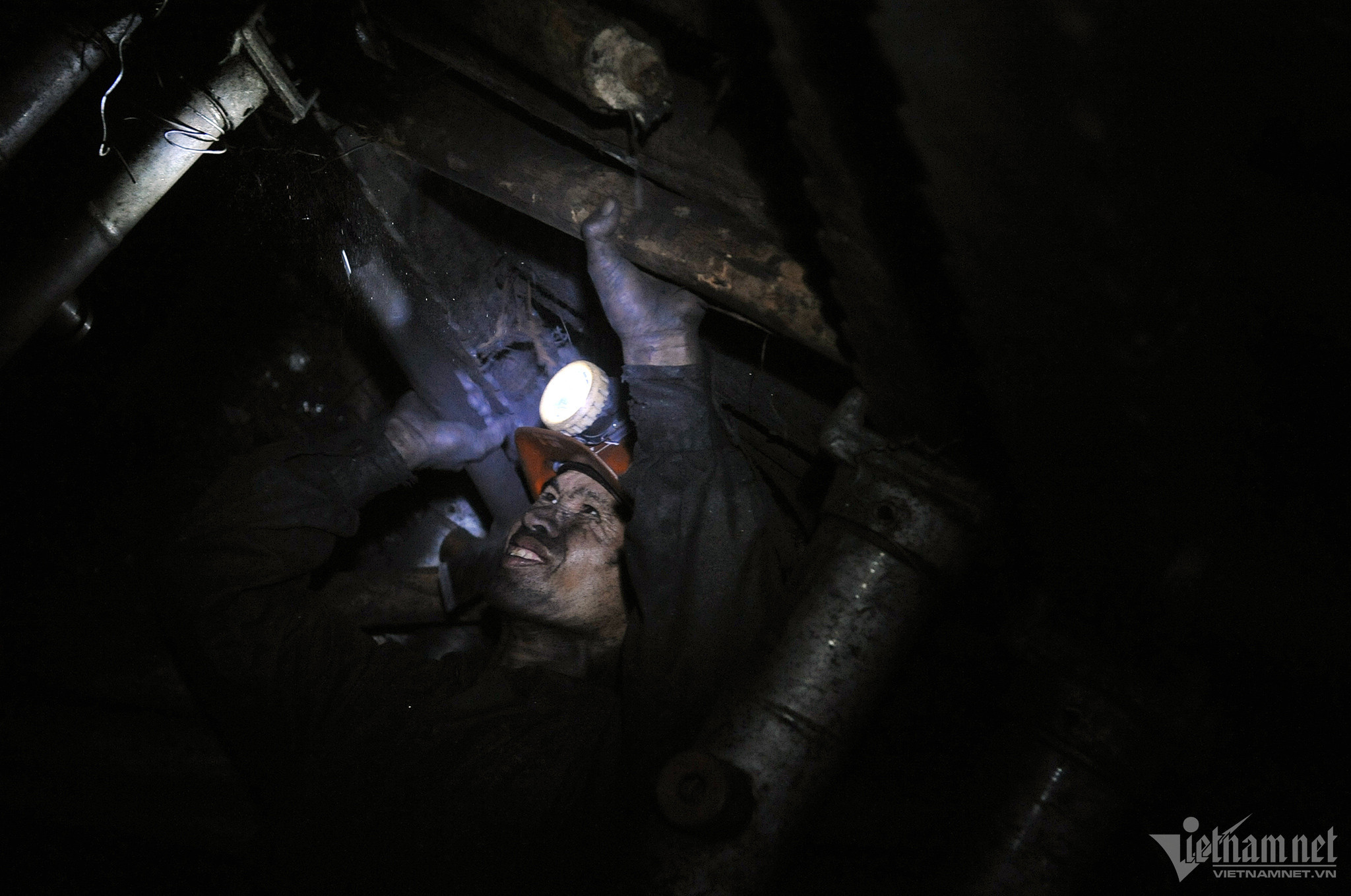
Coal mines: Quang Ninh province accounts for up to 95% of Vietnam’s coal reserves.
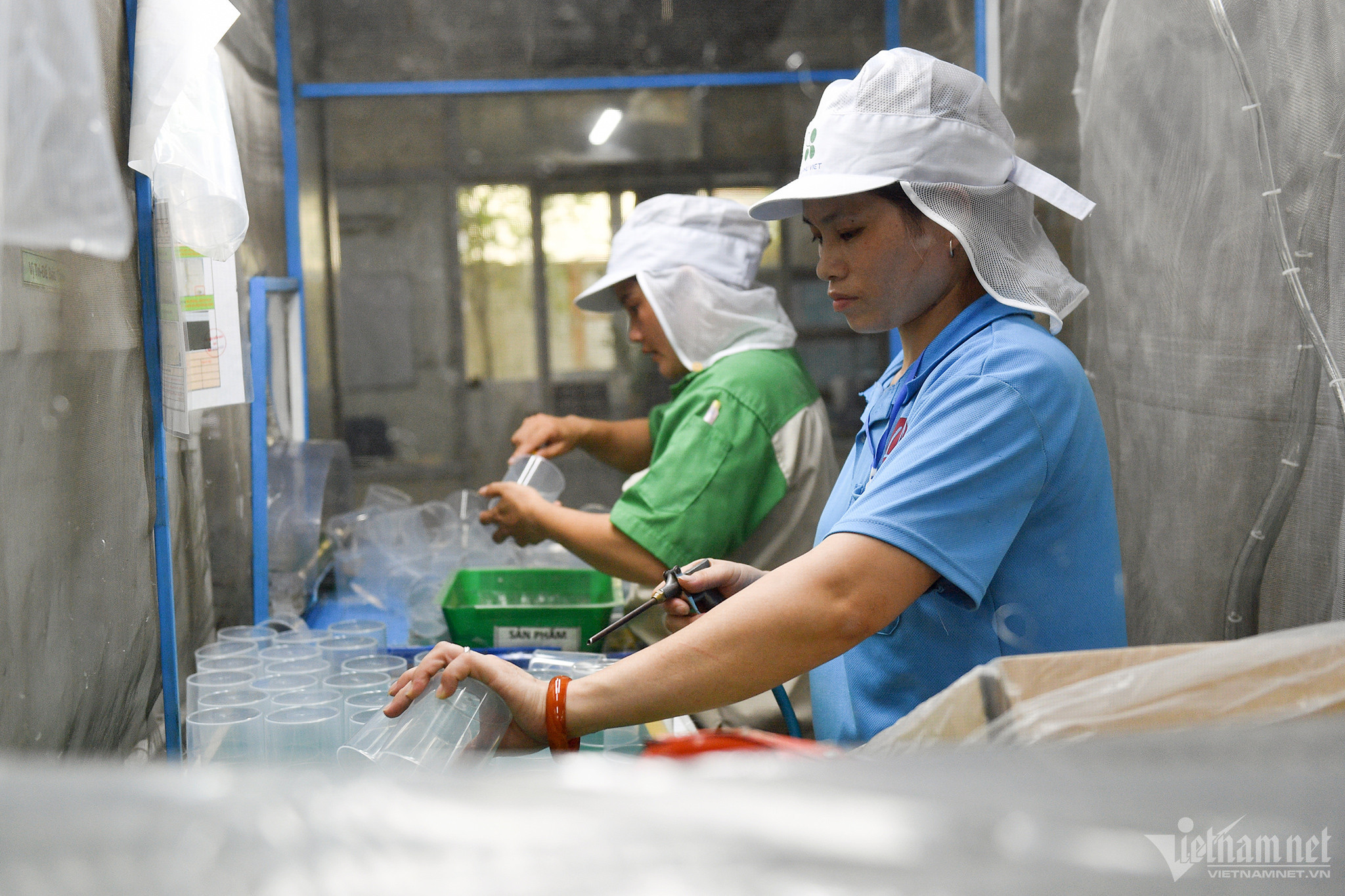
Supporting Industry: Vietnam has experienced a significant change in its economic structure over the past decade, shifting from agriculture to industry and services.

Supporting industries/foreign-invested enterprises: FDI enterprises have contributed a great part to the development of Vietnam’s economy in recent years.
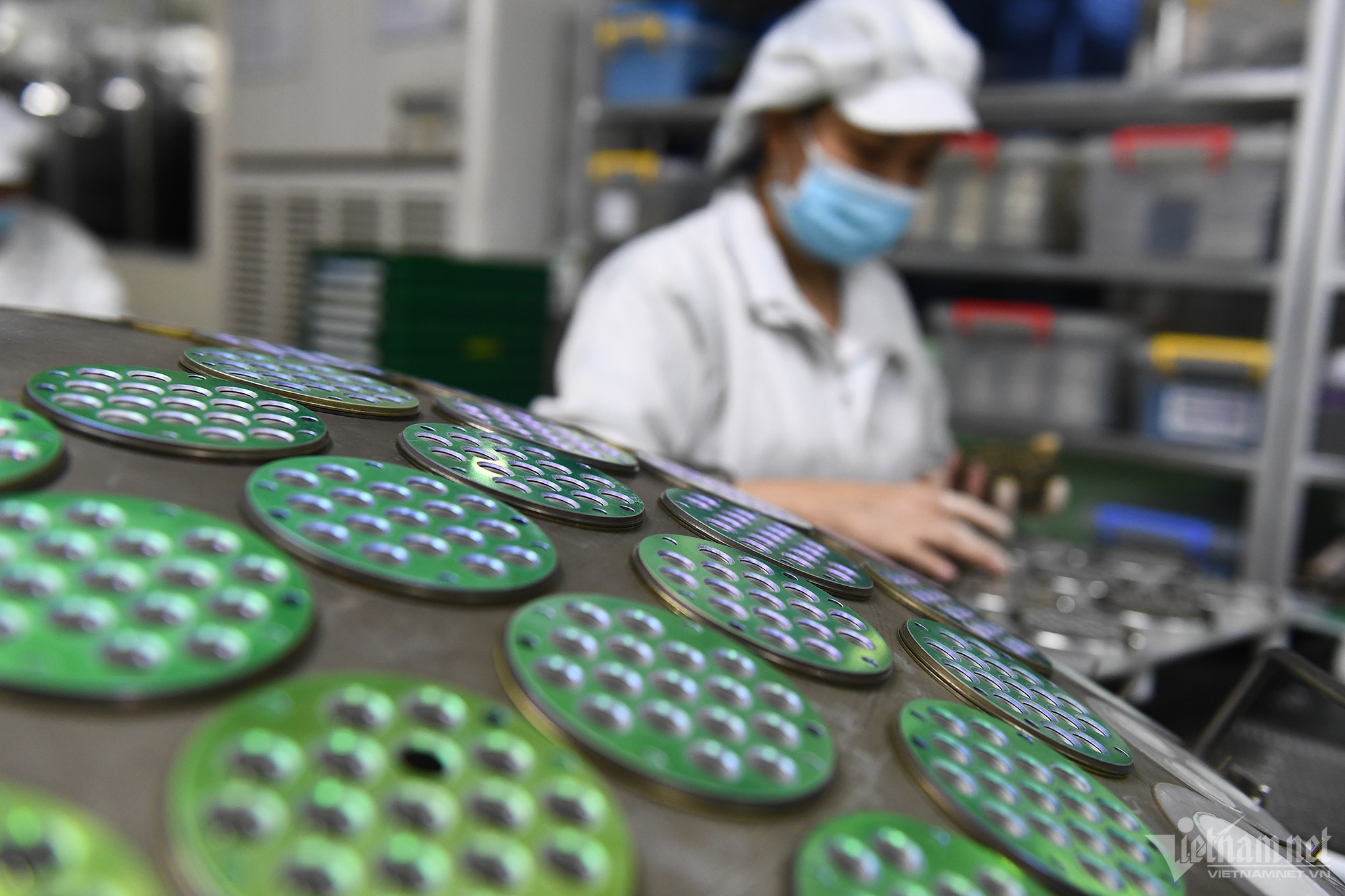

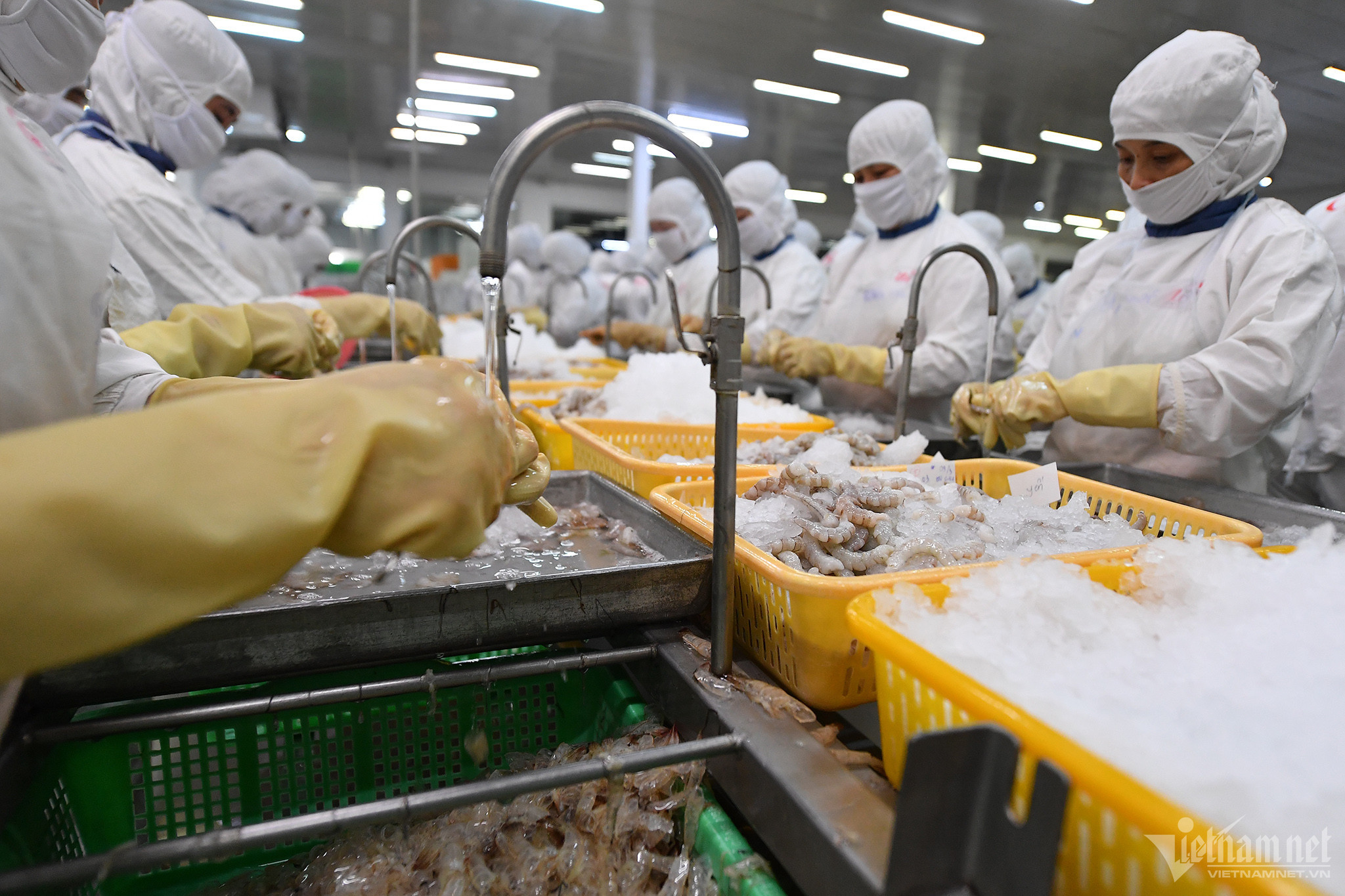
Fisheries: From 2015-2022, Vietnam's aquaculture production increased from 3.53 million to 5.19 million tons, an increase of 47%. Aquaculture for export is concentrated mainly in the Mekong Delta (accounting for 95% of total pangasius output and 80% of shrimp output).

Textiles and garments: Vietnam's textile and garment industry has been one of the key export industries.
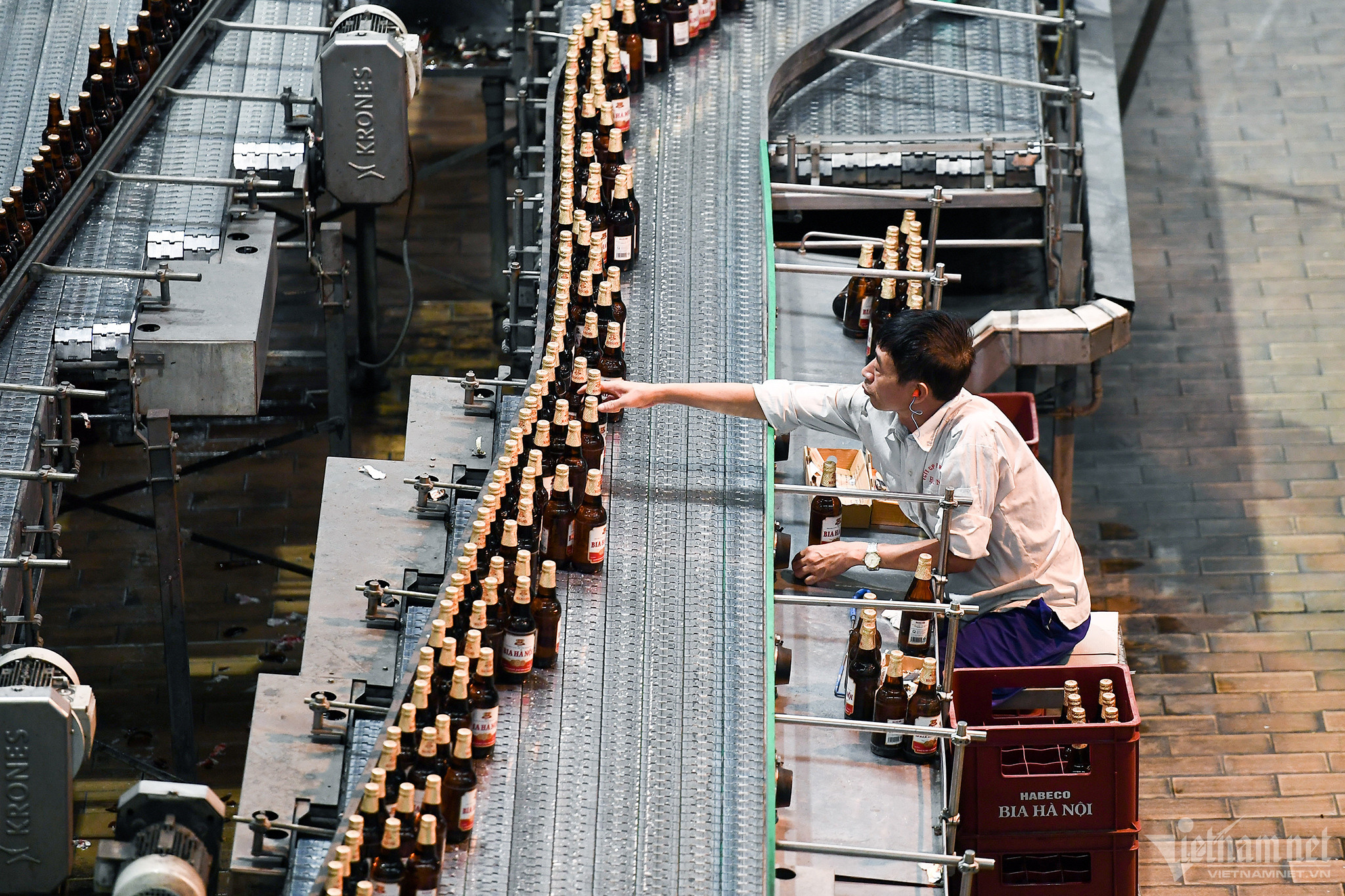
The beverage industry contributes about VND 60,000 billion to the budget each year. Among the large beverage producers in Vietnam are Sabeco, Habeco, Heineken, Coca Cola, Pepsi...
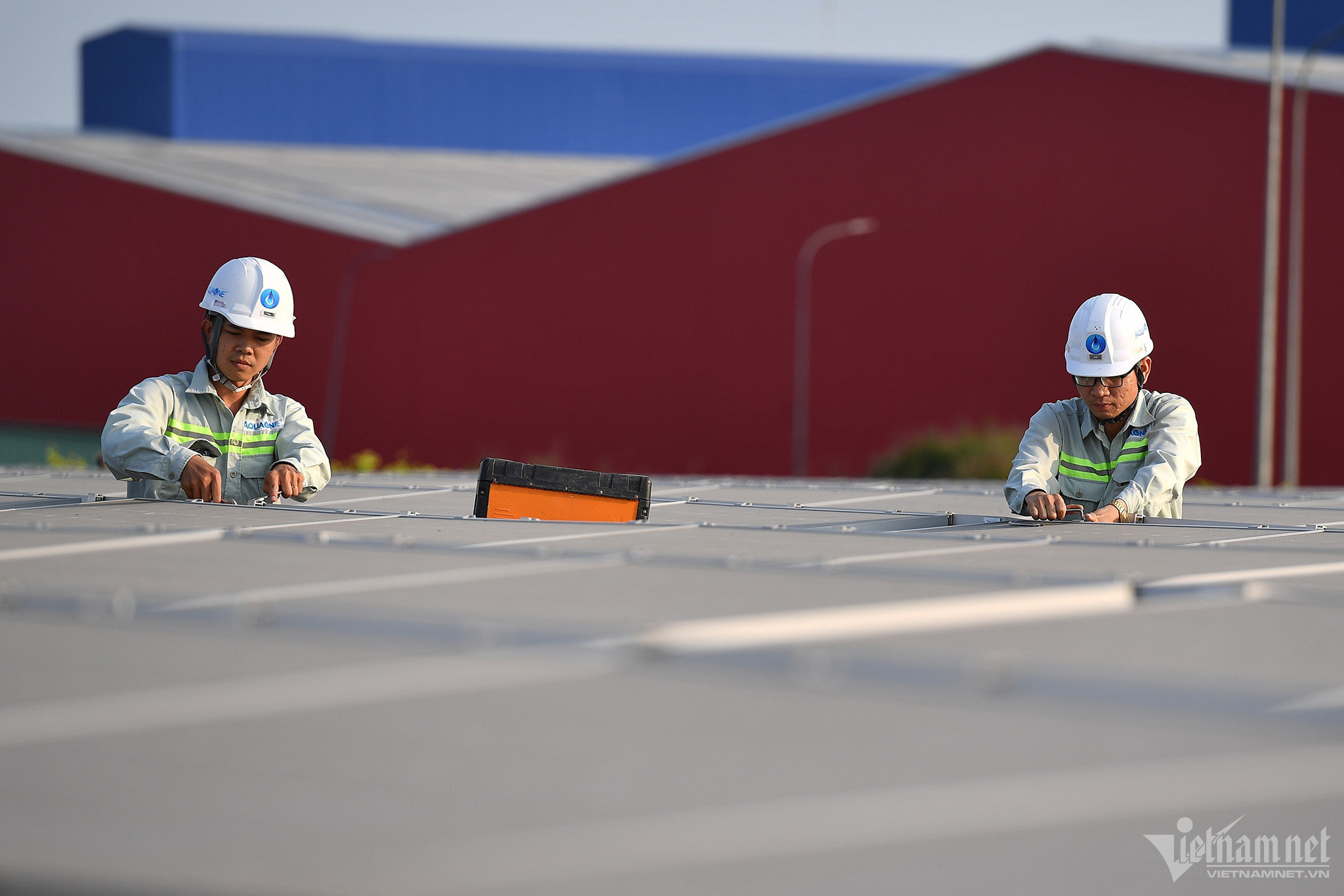
The use of solar power helps promote green production in the country. By December 31, 2020, the total installed capacity of solar power in Vietnam reached 19,400 MW.
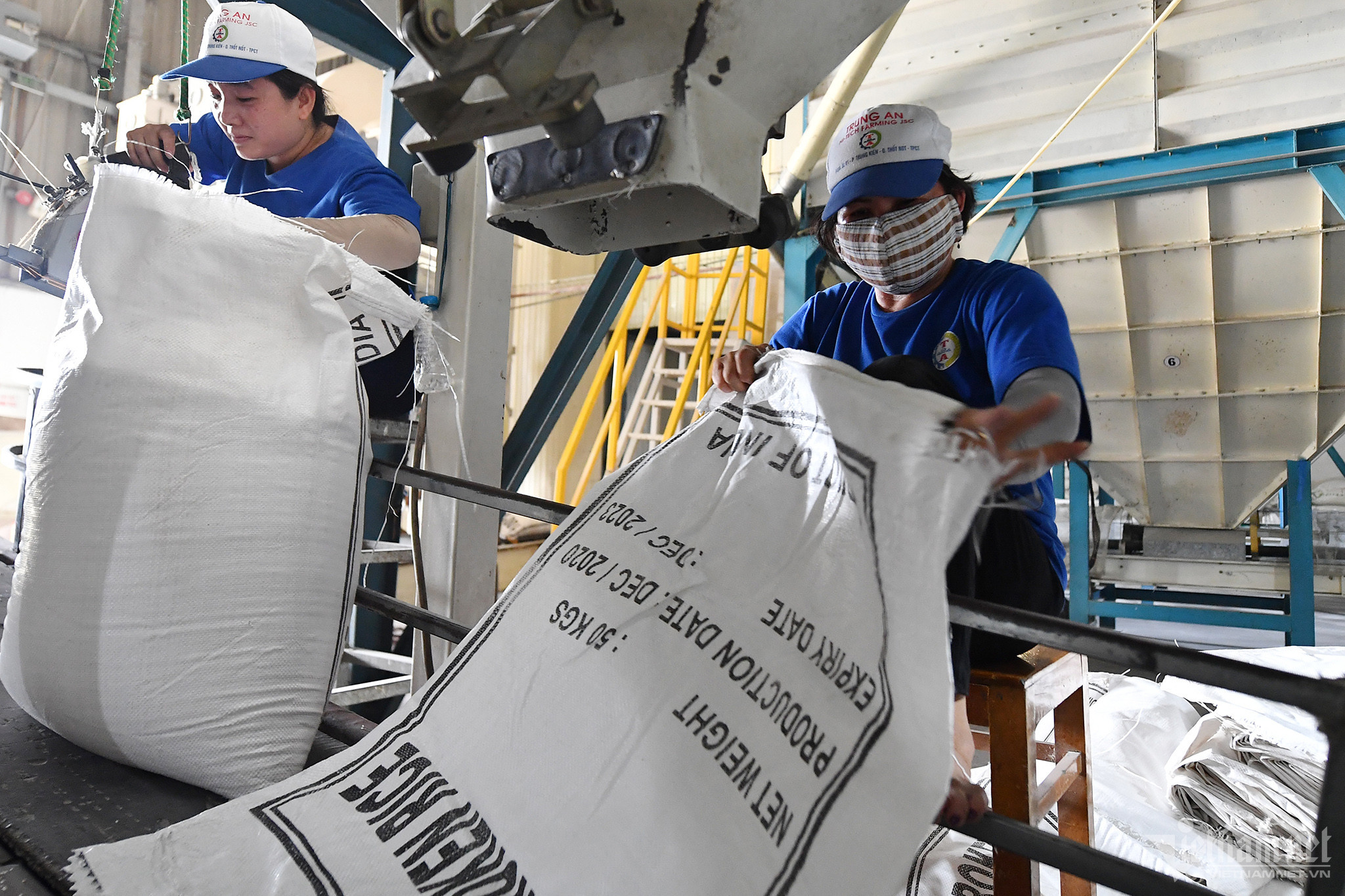
The total rice cultivation area in Vietnam is estimated at 7.1 million hectares, with an output of over 43 million tons this year.
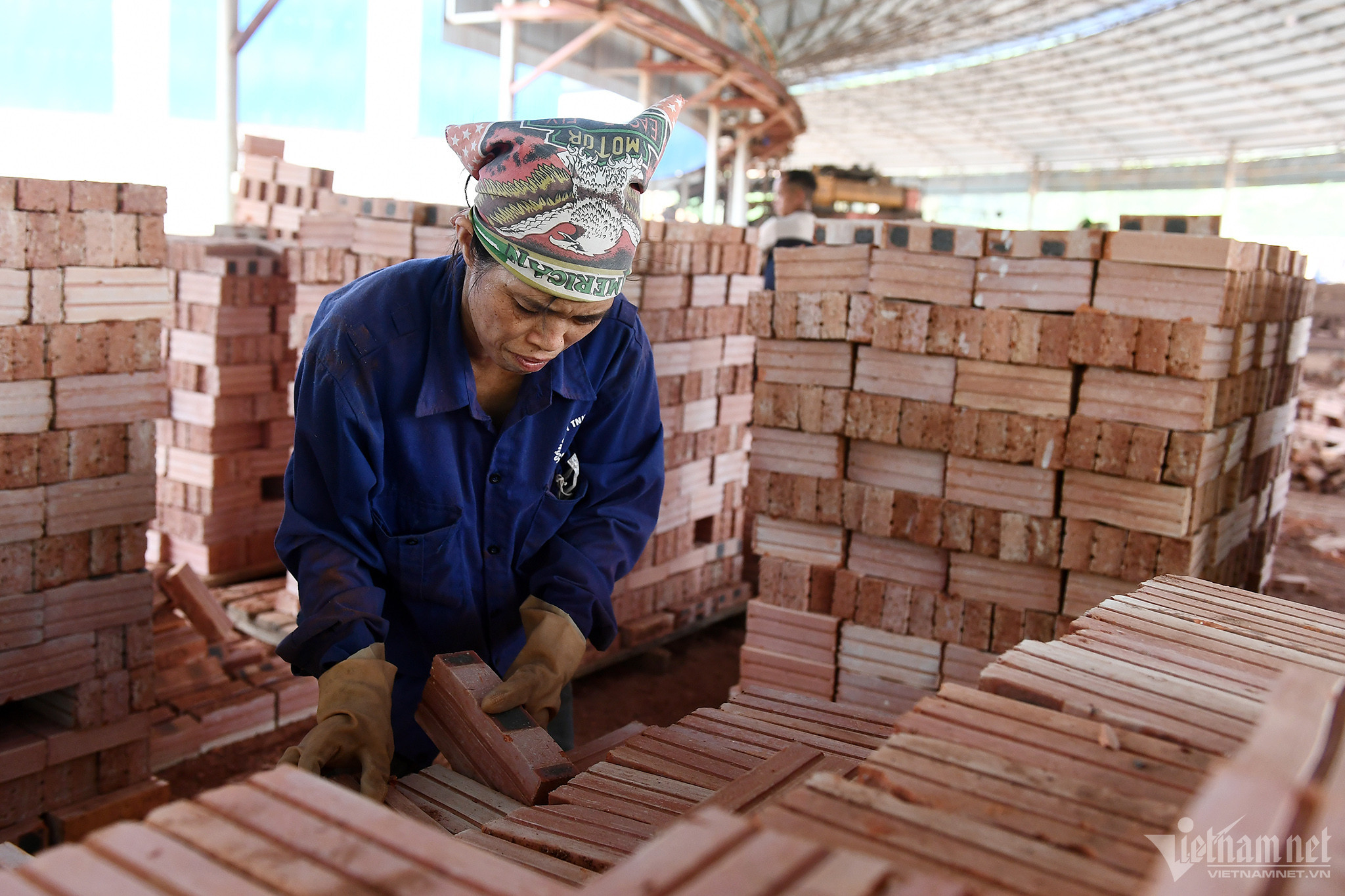
The construction material industry is a hazardous and dangerous occupations. In recent years, many provinces have developed nonfired building materials to gradually reduce and stop the production of clay bricks fired by kilns.
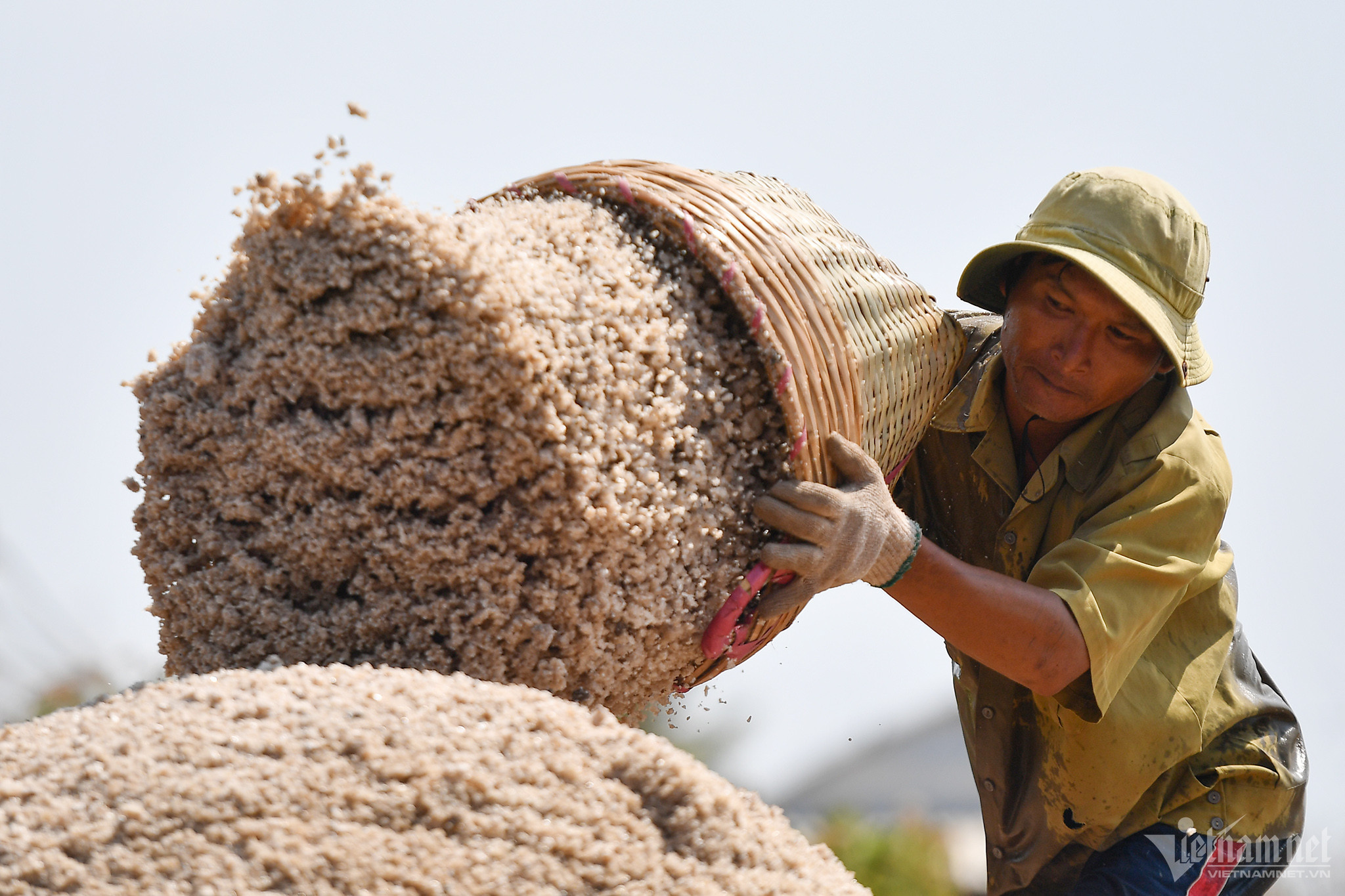
Vietnam's salt industry has developed from a long-standing tradition of salt making thanks to favorable factors such as a coastline of more than 3,000 km extending from the North to the South, and a hot climate with high temperatures, low humidity and strong winds. Currently, 21 coastal provinces in Vietnam produce salt, mainly concentrated in Bac Lieu, Ben Tre, Ninh Thuan, Khanh Hoa, Binh Thuan, Ba Ria - Vung Tau, Ha Tinh, Nghe An, Nam Dinh, and Thanh Hoa.
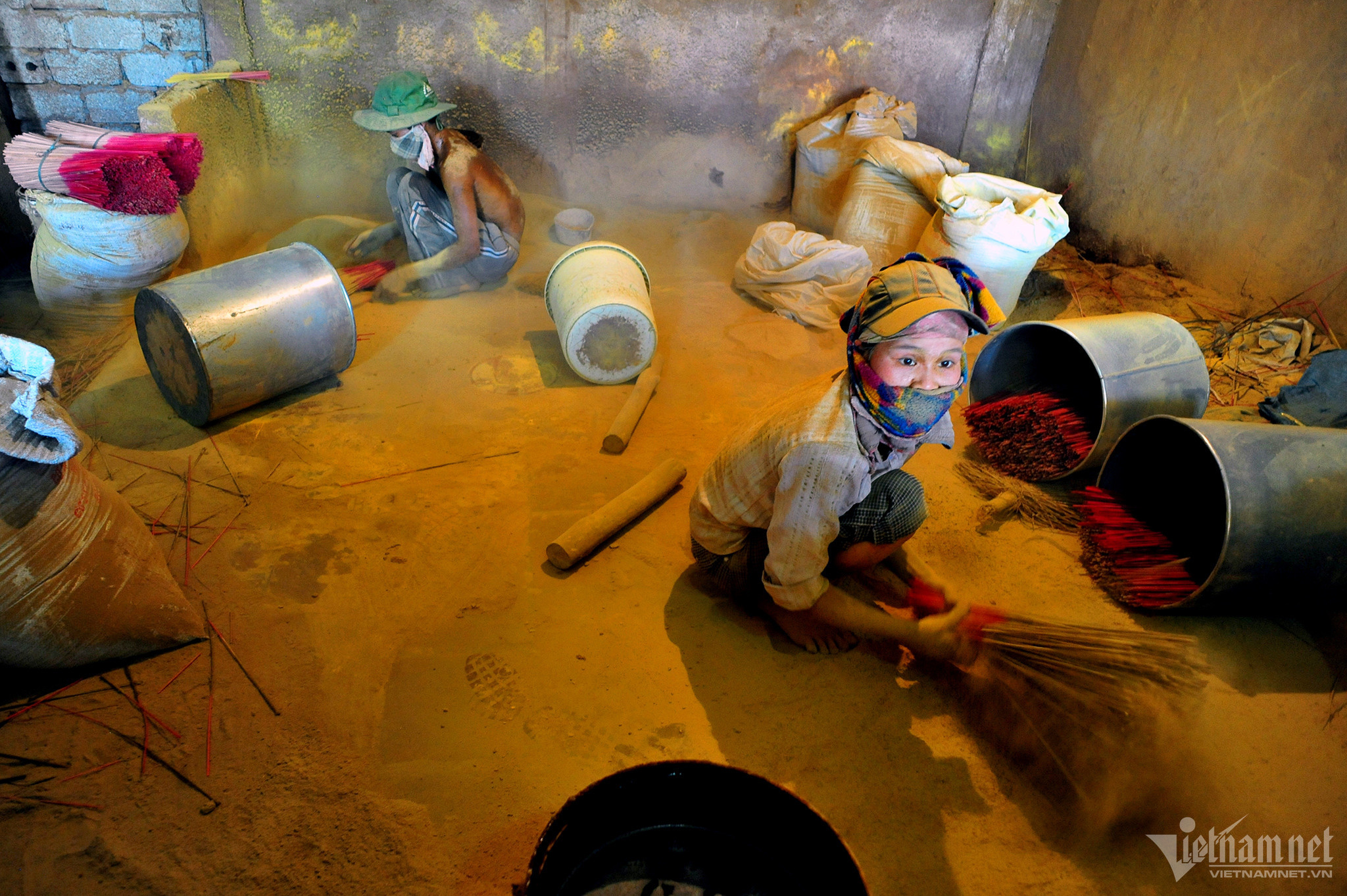
Vietnam has up to 2,000 craft villages spread across the country. In the photo: people make incense in Cao village (Hung Yen province).
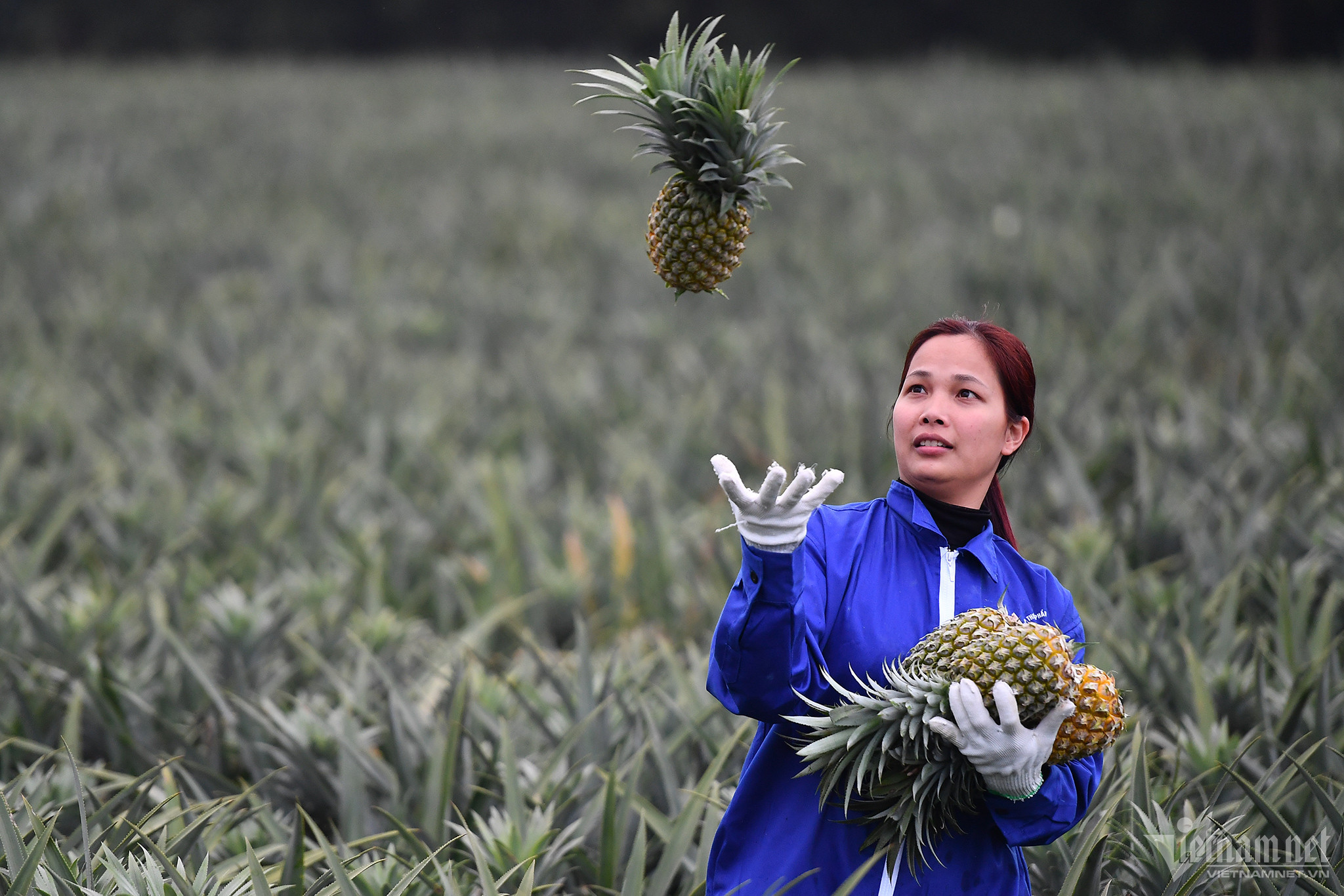
Cultivating pineapple in Ninh Binh Province: Tam Diep city (Ninh Binh) has about 3,000 hectares of pineapples with a total annual output of about 55,000 tons, ranking first in the north.
Hoang Ha